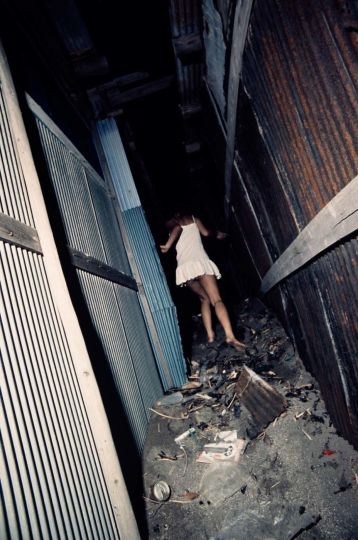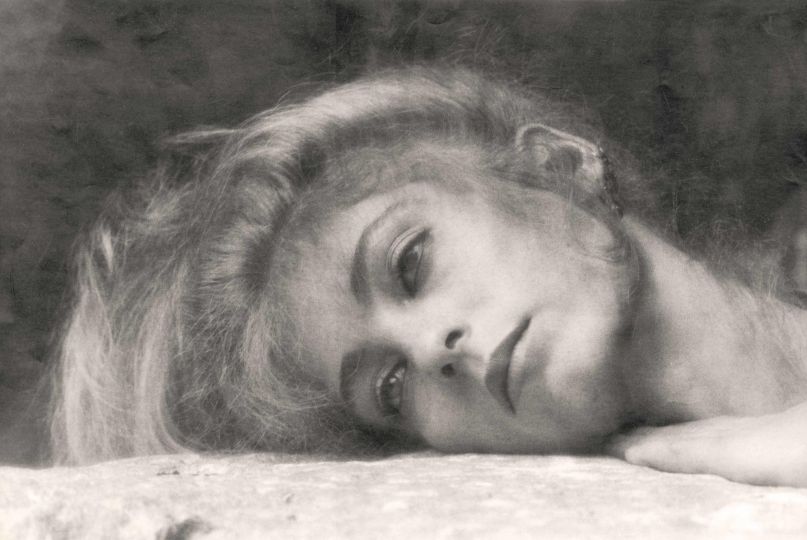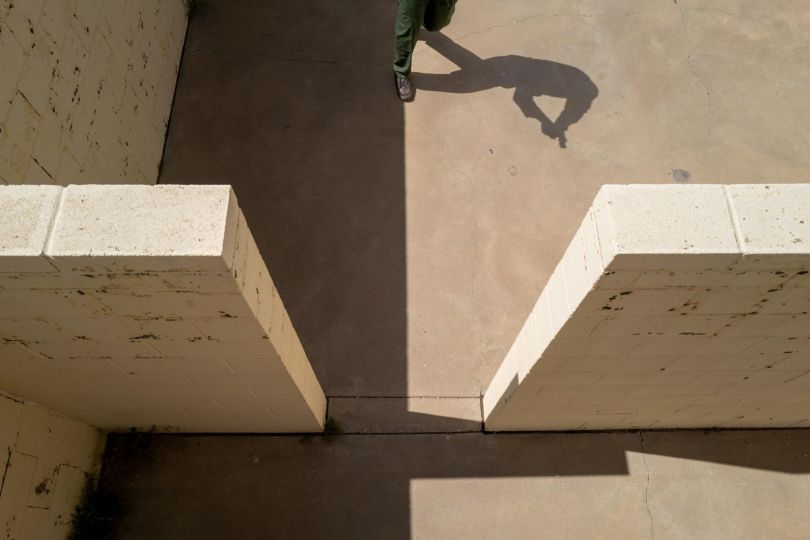The Elysée Photo Museum in Lausanne is hosting an exceptional exhibition dedicated to Daido Moriyama, one of the most prominent figures in Japanese photography, until February 23, 2025.
Titled Daido Moriyama. Retrospective, this in-depth exploration of his prolific career spans over 60 years. A radical avant-gardist, Moriyama has transformed the way we think about photography, pushing the boundaries of the medium to use it as a tool for questioning society and how images shape our perception.
Fascinated by American culture and artists like Andy Warhol and William Klein, Moriyama incorporated these influences into his work starting in the 1960s, capturing the paradoxes and tensions of a rapidly changing Japanese society. After receiving critical acclaim in São Paulo, Berlin, London, and Helsinki, this retrospective—one of the most comprehensive ever mounted—makes its first appearance in Switzerland.
Curated by Thyago Nogueira from the Instituto Moreira Salles in São Paulo, this exhibition is the result of three years
of research and brings together hundreds of iconic photographs that trace the key moments of Moriyama’s career.
Moriyama’s Radical Aesthetic
Upon entering the first room of the exhibition, visitors are immediately confronted with grainy, imperfect images where blur and violent contrasts reveal the innermost workings of a Japanese society caught between its ancient traditions and the growing influence of American consumer culture. As a street photographer, Moriyama quickly subverted traditional codes to capture fragments of daily life—from advertisements to street scenes—dissecting Japan’s burgeoning consumer society. His radical aesthetic, defined by the “are, bure, boke” style (grainy, blurry, out of focus), interrogates how images are produced, consumed, and perceived, foreshadowing our contemporary relationship with visual overload.
Democratic Photography and Mass Media
Moriyama was a pioneer in democratizing photography, valuing its capacity for mass reproduction and accessibility through media like magazines and books. He viewed these formats as offering a more democratic and instinctive approach, reflecting his belief that photography is a continuous flow of images intrinsically linked to the dynamics of mass media.
Thyago Nogueira chose to highlight Moriyama’s editorial dimension as a central thread of his career. The exhibition’s first room focuses on Moriyama’s early series created for Japanese magazines like Camera Mainichi and Asahi Camera. Also featured is his lesser-known series Accident, Premeditated or Not, in which Moriyama explores human vulnerability and the gap between real events and their visual representation, tackling themes such as the paradoxes of photojournalism, the surveillance of the populace, and the rapid social changes driven by Westernization and industrialization.
The Provoke Movement
The exhibition then delves into Moriyama’s revolutionary impact through his participation in the Provoke magazine in the late 1960s. A seismic shift in the Japanese visual landscape, Provoke broke the codes of traditional photojournalism to become a space for deconstruction and protest. Moriyama forged a subjective and abrasive vision of Japan, reflecting the ruptures and unrest of the time.
Inspired by Jack Kerouac’s road trip concept, notably in On the Road, Moriyama traveled across Japan in 1968. These journeys inspired works like Kariudo (A Hunter, 1972), and this section of the exhibition shows how he reinterpreted images from series like Accident and Provoke, assembling them into narrative collages primarily featured in his books. One of his most iconic photographs from this era, Misawa, 1971—often referred to as Stray Dog—embodies this wandering defiance, an allegory of the silent rebellion and marginality that permeate his work.
Moriyama’s Color Photography
Adjacent to these works, visitors discover a lesser-known facet of Moriyama’s art: his color photography. While his black-and-white work is widely recognized, his color prints are rarer, partly due to the high production costs at the time. These photographs reveal a different approach in Moriyama’s work, with Fujichrome paper enhancing contrasts, giving the urban reality a saturated and dreamlike quality.
The Farewell to Photography
The exhibition’s scenography orchestrates an immersive experience, plunging visitors into Moriyama’s frenetic flow of imagery. At times, one might wonder whether Moriyama himself was overwhelmed by his own photographic reality, as he once admitted: “I tried to deconstruct photography, but I ended up deconstructing myself.” The climax of this immersion is a long wall entirely covered with the avant-garde book Farewell Photography (1972).
Final Reflections
The retrospective concludes with a welcome pause after the visual whirlwind. At the center of the final room, a large table displays Moriyama’s iconic publications, offering visitors a moment of calm to leaf through his work and delve into his editorial universe. With more than 500 books published throughout his career, this impressive number highlights Moriyama’s unwavering commitment to this format.
At the end of the visit, Moriyama leaves us with one clear message: photography, stripped of all artifice, has no other purpose than to capture the world in its rawest reality. In its simplicity and ability to circulate freely, photography becomes a reflection of the evolution of our society, remaining true to the democratic spirit that has guided Moriyama’s work throughout his career.
Daido Moriyama. Retrospective
From 6 September 2024 to 23 February 2025
Pl. de la Gare 17
1003 Lausanne
Switzerland
More information online

































